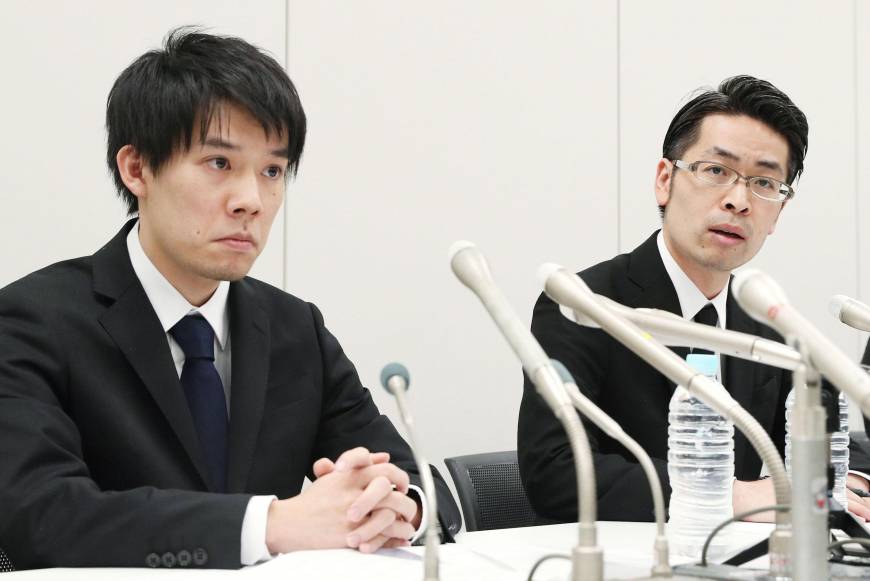2017 proved to be a major year for the cryptocurrency phenomenon. Unless you’ve spent the entire year somewhere offline, you are bound to have heard of the spike in interest over the matter. Countries all over the world have been either banning or absorbing the new forms of digital currencies. Despite the strong two-sided opinions over the matter, it is apparent that the interest towards the phenomenon grants it a place at the table for debate.
While bitcoins are still holding the number one position on the cryptocurrency market, followed by Ethereum (or Ether), and third place still held by Bitcoin Cash, recent developments in the end of December, 2017 have drawn the attention of investors towards a new player at the cryptocurrency game, which managed to reach third place, topping Bitcoin Cash for a short while.
Introducing Ripple (or XRP).
Despite being a part of the cryptocurrency market, Ripple is a bit different than the others. To be more exact – Ripple does not use a decentralized system. The company has generated all their coins prior to their launch and are still in possession of more than half of the supply.
Ripple’s purpose
Ripple is intended as a payment network, which works with financial institutions, instead of being a standalone cash system, like bitcoin. In some sense Ripple competes with systems like SWIFT and with a good reason. Their payment network is cost efficient, claiming that banks can save an average of $3.76 per payment. Other than that, their system can process a transaction in just about 4 seconds, which is the fastest payment time yet. Ethereum is said to take about 2 minutes for the transaction to take place, while bitcoin could take up to an hour or even a bit more. Needless to say, for any user of services such as PayPal or even the traditional systems of normal banks, for the matter, which take up 3 to 5 days for executing transactions.
Ripple is also scalable – per second, it can handle about 1,500 transactions, while its competitors on the cryptocurrency market can, reportedly, handle up to 10 at most. This stands as one of the reasons why Bitcoin created Bitcoin Cash.
Working with the traditional towards the new
Ripple’s intent to work with financial institutions has grown to fruition in 2017, working now with more than 75 institutions over the world, and having concluded a deal with major financial representatives, such as American Express. That is why many advocate the fact that the XRP is yet to blossom in 2018.
On December 22nd Ripple’s XRP token broke through the one dollar milestone, reaching up to $1.37, but then dropped back down beneath a dollar to some $0.98 cents. Despite its blockchain system being still unstable, having established themselves among the Top 5 opens up the possibilities of competition and innovation.
Where to find and purchase XRP?
Ripple’s coin can be easily purchased much alike other cryptocurrencies. It is available at Bitstamp, where users can buy the XRP with their national currency.
With the use of an online wallet, such as GateHub, users can store their XRP tokens and use them to make purchases or send them to others.
Like any such speculation, it is hard to determine a definite direction for Ripple’s future. If the company maintains its course and development, secures its systems and establishes further relations with financial institutions it may be looking at quite the positive outcome. In any case, if you are interested in its course, we would advise that you spend only what you can afford to lose.
Origin and development
The company was founded in 2012 in London and further growing headquarters in San Francisco, Sydney, India, Singapore and Luxembourg. Its coin’s value’s recent spikes have secured it a spot at the Bloomberg Terminal.
In the entirely new world of opportunities, which the blockchain technology opens, it may seem as though Bitcoin rules everything, but there have already been examples of further developing the use of the idea behind a blockchain network. I.e. Ethereum’s open platform, which enables software developers to create Dapps (Decentralized applications), DAOs and are still working to develop the use of the blockchain. For now it seems as though Ripple presents a golden opportunity for classical financial institutions to establish relations to the idea of the blockchain network and integrate it in their own services.
Newsweek reported that, when asked about Ripple, Trevor Koverko, the chief executive of Polymath, told Forbes that many are still beginning to realize the opportunities between business and the blockchain. And that Ripple is an “early winner” in that sense, attempting to marry the old with the new.
Ripple’s CEO Brad Garlinghouse, speaking in front of Business Insider, said that “There is – appropriately – a lot of excitement about the potential – but XRP is very uniquely positioned to actually be able to deliver on the promise.”
Dec 29, 2017
Introducing Ripple (or XRP)



Comments (No)